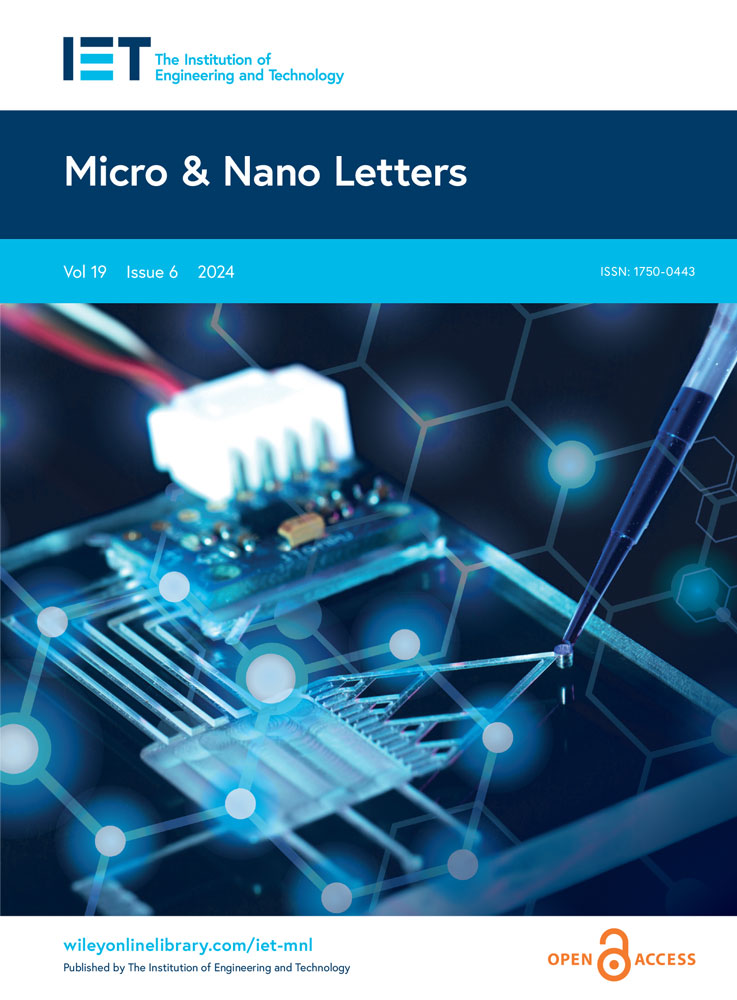用于核磁共振弛豫和核磁共振冻孔测定的数字精密时域光谱仪
IF 2.4
4区 材料科学
Q4 MATERIALS SCIENCE, MULTIDISCIPLINARY
引用次数: 0
摘要
核磁共振弛豫(NMRR)是材料科学中非常有用的定量技术,特别是用于研究聚合物和多孔材料。核磁共振冻孔法(NMRC)是一种测量孔隙大小分布和总孔隙率的强大技术。本文讨论了一种新开发的适用于研究固体和液体样品的紧凑型核磁共振时域弛豫光谱仪(Mk3核磁共振弛豫光谱仪&冷冻孔计,Lab-Tools(纳米科学),拉姆斯盖特,肯特,英国)的用途,功能和应用。(2019))。这款高度紧凑的精密核磁共振光谱仪基于现场可编程门阵列(FPGA)模块和定制的表面安装低噪声核磁共振接收器和核磁共振线性发射器。高比例的射频电路是数字形式的,在FPGA中作为固件实现,这使仪器具有出色的长期稳定性。它还包括一个片上Linux计算机。FPGA模块只有信用卡大小,核磁共振接收器和核磁共振发射器甚至更小。该软件,包括顶级核磁共振脉冲序列定义,是用数组处理语言编写的。该光谱仪配有完整的图形用户界面(GUI),用于控制和在线和离线曲线拟合和数据分析。还讨论了Lab-Tools Peltier热电冷却核磁共振变温(V-T)探针的最新发展,该探针可将样品冷却至- 60°C以下。这种珀尔帖冷却提供了核磁共振冻孔法所需的精确温度控制和平滑度(探针液体体熔点附近10 mK)。这使得NMRC能够测量多孔材料中的孔径分布,用于亚纳米到超过1微米孔径的异常宽的孔径范围。核磁共振光谱仪异常小的尺寸,测量固体的能力,低噪音和高性能使其特别适用于现场和大学,研究所,公司甚至学校实验室的材料科学研究。现在有了人体便携版。描述了控制图形用户界面的使用,并给出了核磁共振弛豫和核磁共振低温测量的实例结果。本文章由计算机程序翻译,如有差异,请以英文原文为准。
Digitally Based Precision Time-Domain Spectrometer for NMR Relaxation and NMR Cryoporometry
NMR Relaxation (NMRR) is an extremely useful quantitative technique for material science, particularly for studying polymers and porous materials. NMR Cryoporometry (NMRC) is a powerful technique for the measurement of pore-size distributions and total porosities. This paper discusses the use, capabilities and application of a newly developed compact NMR time-domain relaxation spectrometer suitable for studying both solid and liquid samples (Mk3 NMR Relaxation spectrometer & Cryoporometer, Lab-Tools (nano-science), Ramsgate, Kent, UK. (2019)). This highly compact precision NMR Spectrometer is based on a Field Programmable Gate array (FPGA) module and custom surface mount low-noise NMR receiver and NMR linear transmitter. A high proportion of the RF circuitry is in a digital form, implemented as firmware in the FPGA, which gives the instrument an excellent long-term stability. It also includes an on-chip Linux computer. The FPGA module is credit-card sized, and both the NMR receiver and NMR transmitter are even smaller. The software, including the top-level NMR pulse sequence definitions, are written in an array processing language, Apl. The spectrometer comes complete with a Graphical User Interface (GUI) for control and on- and offline curve fitting and data analysis. The recent development of the Lab-Tools Peltier thermo-electrically cooled NMR variable-temperature (V-T) probe that cools the sample below −60 °C is also discussed. This Peltier cooling gives the precision temperature control and smoothness needed by NMR Cryoporometry (10 mK near the probe liquid bulk melting point). This enables the NMRC measurement of pore-size distributions in porous materials, for the unusually wide pore-size range of sub-nano to over 1 micron-sized pores. The NMR Spectrometer’s unusually small size, ability to measure solids, low noise and high performance make it particularly suitable for material science studies both in the field and in university, research institute, company and even school laboratories. A human portable version now exists. Use of the controlling GUI is described, and results from example NMR Relaxation and NMR Cryoporometric measurements are given.
求助全文
通过发布文献求助,成功后即可免费获取论文全文。
去求助
来源期刊

Micro & Nano Letters
工程技术-材料科学:综合
CiteScore
3.30
自引率
0.00%
发文量
58
审稿时长
2.8 months
期刊介绍:
Micro & Nano Letters offers express online publication of short research papers containing the latest advances in miniature and ultraminiature structures and systems. With an average of six weeks to decision, and publication online in advance of each issue, Micro & Nano Letters offers a rapid route for the international dissemination of high quality research findings from both the micro and nano communities.
Scope
Micro & Nano Letters offers express online publication of short research papers containing the latest advances in micro and nano-scale science, engineering and technology, with at least one dimension ranging from micrometers to nanometers. Micro & Nano Letters offers readers high-quality original research from both the micro and nano communities, and the materials and devices communities.
Bridging this gap between materials science and micro and nano-scale devices, Micro & Nano Letters addresses issues in the disciplines of engineering, physical, chemical, and biological science. It places particular emphasis on cross-disciplinary activities and applications.
Typical topics include:
Micro and nanostructures for the device communities
MEMS and NEMS
Modelling, simulation and realisation of micro and nanoscale structures, devices and systems, with comparisons to experimental data
Synthesis and processing
Micro and nano-photonics
Molecular machines, circuits and self-assembly
Organic and inorganic micro and nanostructures
Micro and nano-fluidics
 求助内容:
求助内容: 应助结果提醒方式:
应助结果提醒方式:


